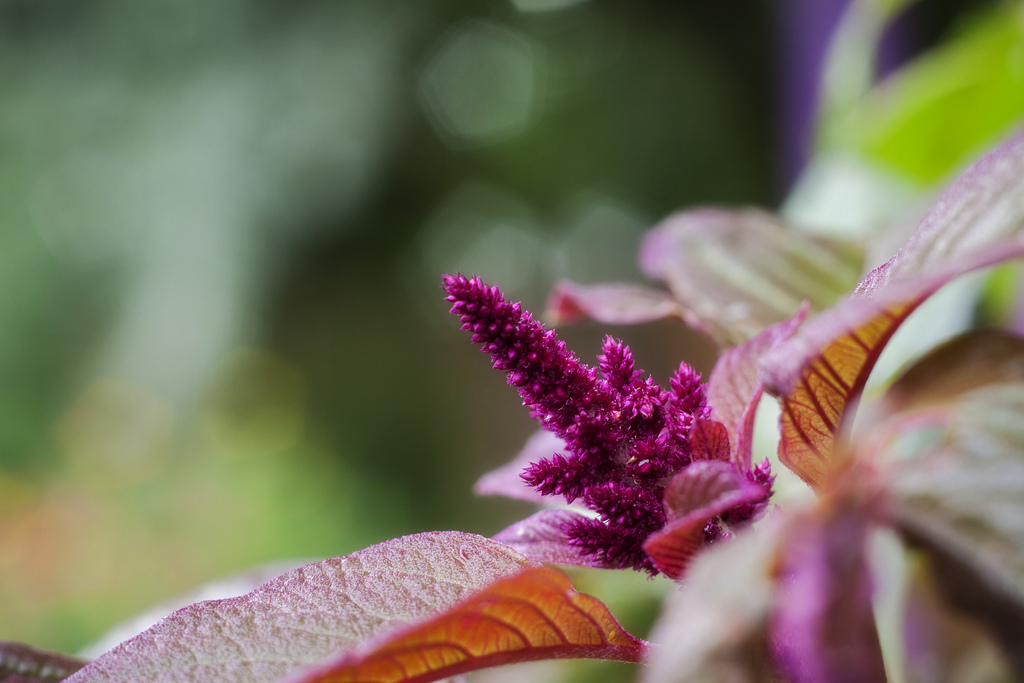Residential landscaping is a big deal in Central Florida and it’s a labor of love lasting all year long. It’s also an endeavor that raises many issues, but innovative solutions are always forthcoming. Here’s a look at Florida residential landscaping technologies and trends for the upcoming year. [emember_protected custom_msg=”Click here and register now to read the rest of the article!”]
A Focus on Water
Water use has long been a key concern in Florida landscaping, and it will likely continue to be so. Lloyd Singleton, the Florida-Friendly Landscaping coordinator at The Villages in Sumter County, maintains that water management is still the driving force behind the residential landscaping trends we will see this year; Jennifer Nelis, Director of Communications for the Florida Nursery, Growers & Landscape Association agrees. “It’s a great step to help save the environment and it leaves a few extra dollars in your pockets too,” she adds. The responsible water use issue has spurred some very interesting technological gadgets for the upcoming year.
For instance, gardeners and residential landscapers will harness the technology of smart watering systems called ETs, short for Evapo-Transpiration. ET watering systems are installed to take measurements of an array of elements like moisture, rainfall, and temperature. Those measurements are then used to determine and deliver the exact watering needs of surrounding plants. Singleton maintains that many homeowners are interested in paying more upfront for smart watering systems like ETs that conserve water and save money in the long run.
Trends don’t have to be all about gadgets, though. Other developments also influenced by water conservation boil down to planting smarter. According to Singleton, there is a great movement towards choosing “the right plant for the right place,” which will continue through 2014. For instance, many homeowners are reducing turf areas as lawn grasses are some of the biggest water-hogs out there. Instead, Singleton explains, landscapers are creating zones of plant groupings based on water use and then positioning them accordingly. There is also the trend towards the use of native plants that use less water and are easier to care for. Nelis adds that the use of shade trees is another method for minimizing water use— and home energy use— that is gaining popularity in Florida residential landscaping.
Choosing “the right plant for the right place” is an important trend that Singleton maintains is greatly supported by the increase in online plant databases. Using databases such as those provided by floridayards.org and floridaswater.com, users can input conditions concerning light, water, and even salt tolerance to get a list of plants that will fit just right in a specific landscape space.
All of these factors go into what Singleton sees as one of the most important developments in raising the bar for responsible water use in the coming year: the Florida Water Star program. Similar to electricity conservation programs like LEED or Energy Star, the Water Star program certifies residential homes as highly water efficient.
Beyond Water
While water use is at the root of all Florida landscaping, there are certainly other trends to watch for. Nelis maintains that homeowners are planting edibles like vegetables and herbs right alongside ornamental plants. In that same vein, compact vegetable varieties for container gardening on patios and balconies are also hitting the market, and composting continues to help landscapers complete the cycle and give back to the environment.
CREDITS
story by ERIKA ALDRICH
[/emember_protected]

